Sheathing of a balcony with clapboard: features, choice of material, nuances of installation, examples
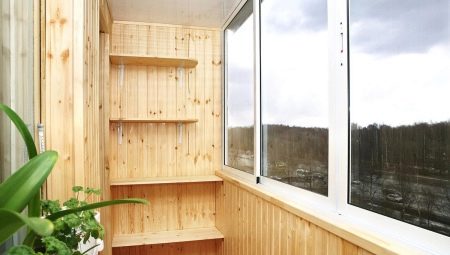
Each apartment has a balcony, but it usually has a small area, which allows it to be used only as a storage room. If you make a beautiful finish and carry out the correct layout, then from the balcony you can get a comfortable lounge where you can relax in the evenings with a cup of tea, or a comfortable work area equipped with office furniture and appliances.
At the moment, clapboarding of the balcony is very popular, since this material is inexpensive, lasts a long time and is easy to install.
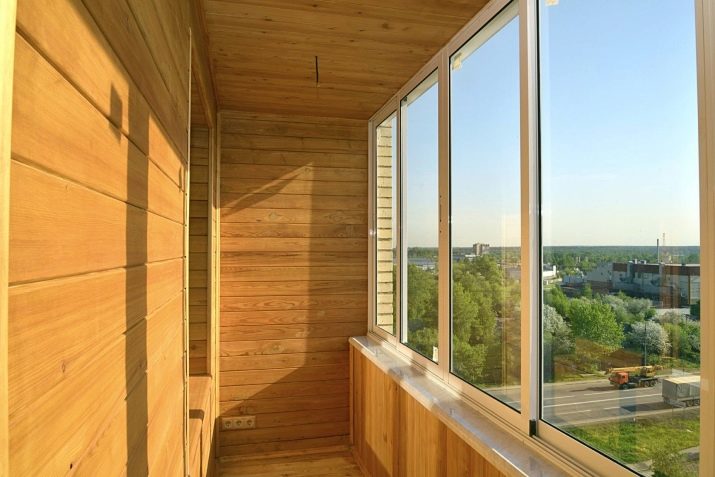
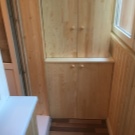
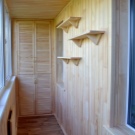
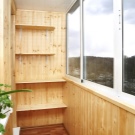
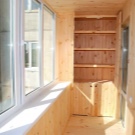

Advantages and disadvantages
The lining is a modern finishing material, narrow plank... It is available in various sizes, colors, textures, and is also equipped with special locks for fastening, which simplify the process of covering surfaces.
Lining is usually chosen for finishing walls and ceilings, so when it is planned to clad the balcony inside, then there is no better material for this.
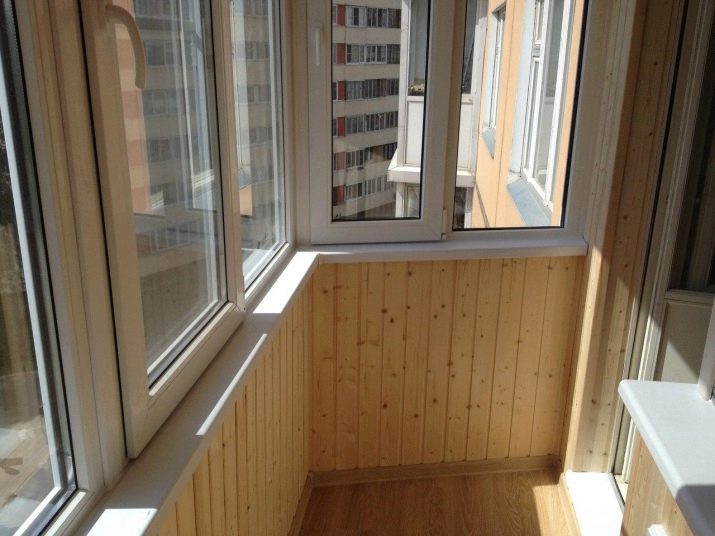
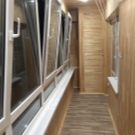
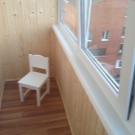
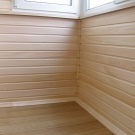

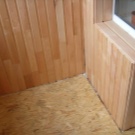
The main advantages of this finish include the following.
- Aesthetics. Lined with clapboard surfaces acquire a neat and beautiful appearance. Non-residential premises are filled with an atmosphere of comfort and home warmth.
- Do-it-yourself installation. Since the decorative panels are equipped with a special fastening system, installation is quick and easy. Even a novice master who has no experience can handle the installation of the lining.
- Good insulation. This material is characterized by high thermal insulation properties.The wood from which the lining is made is a dense material that can protect the room from the cold.
- Environmental friendliness. This type of finishing material is absolutely harmless to human health, it does not emit harmful substances.
- Affordable price... Lining, in comparison with other facing materials, is inexpensive, which allows everyone to buy it, regardless of income.
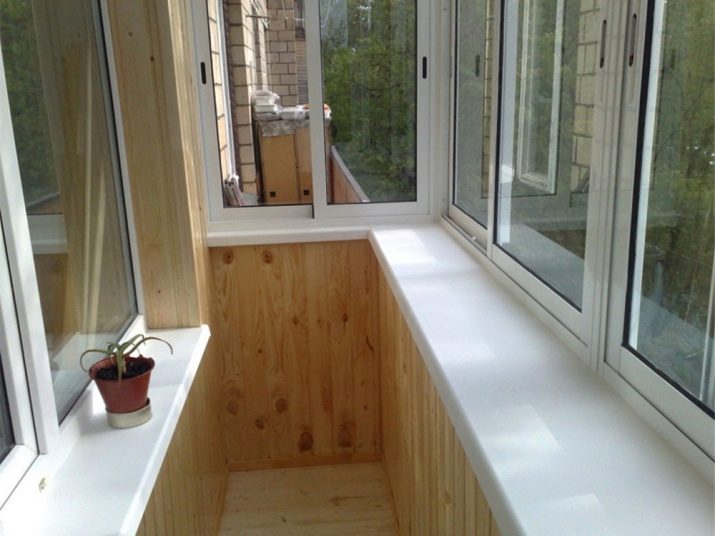
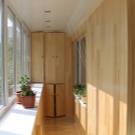
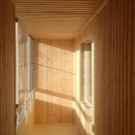
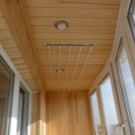
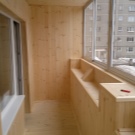
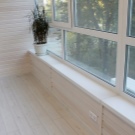
As for the cons, there are not many of them.
- Moisture instability. Due to temperature changes, high humidity can be observed on the balcony. As a result, mold may appear on the surface of the finish. To avoid this, experts recommend performing a good preparation of the bases before installing the lining. Additionally, it is also necessary to provide for the installation of a heating system on the balcony, which will help maintain a constant temperature regime in the room.
- Possible deformation. Due to negative weather conditions, the tree can lose its operational properties and undergo deformation. You can prevent this by treating the lining with a special protective mixture.

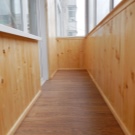
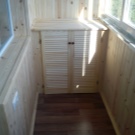

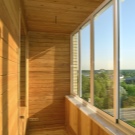
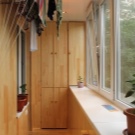
Despite all the above disadvantages, lining is considered an ideal material for cladding a balcony... Thanks to her, you can create an original design, embodying individual projects into reality. The only thing that before starting the installation work, you should choose the right material, taking into account the peculiarities of the operation of the balcony.
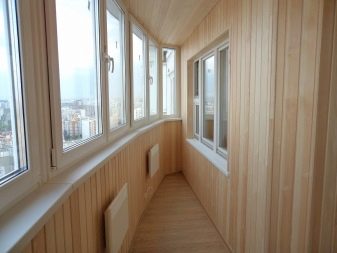

Types and selection of lining
A clapboard-trimmed and insulated balcony can turn into a comfortable place in an apartment, which can easily be equipped with a small corner for a mini-greenhouse, relaxation, creativity and receiving guests.
Before you start thinking about interior decoration on the balcony, you should choose a certain type of lining.
Today the construction market is represented by the following types.
Wooden
It is made solid solid... Most often, wood species are used for the production of panels, such as cedar, ash, pine, oak and alder. The most expensive is oak and cedar lining, and the most affordable is pine. With the help of wooden lining, you can create an unusual design. Light and dark lining in natural shades of wood looks especially beautiful in the interior.
An interesting option is also dyed, it can be either white or beige, brown and gray... The only drawback of this material is that when it is heated, resinous precipitates appear on the surface. To avoid this, finish with pine clapboard it is recommended to do it only on the balconies located on the north side.
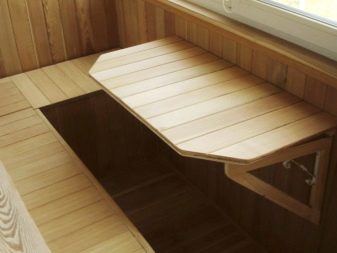
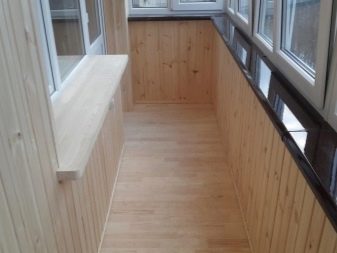
Plastic
This type of material is one of the varieties of PVC panels. Usually, it is chosen for budget decoration of premises, including balconies... Plastic lining is resistant to low temperatures and comes in a huge range of colors.
In addition, plastic, unlike other materials, is moisture resistant and lightweight.
The disadvantages of plastic panels include instability to mechanical damage and fading in the sun.
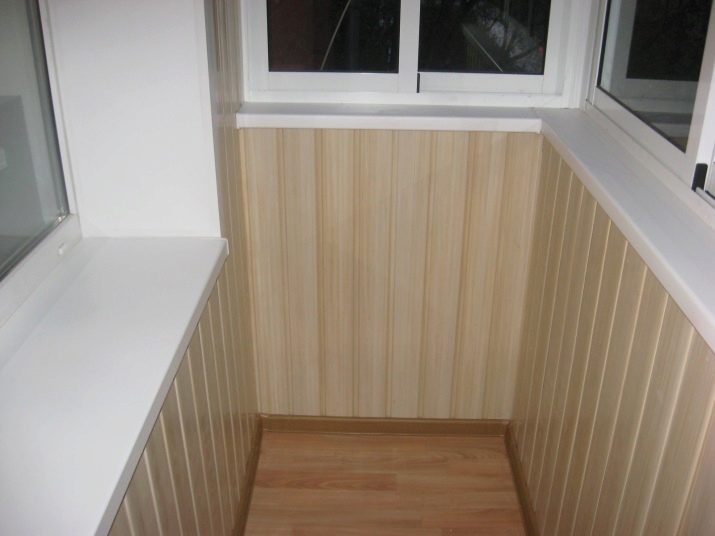
Euro lining
This type of material is produced according to European quality standards, so the profiles differ in thickness, board size and shape. It is very easy to sheathe surfaces with Euro lining, since its fastening spikes, unlike ordinary lining, are longer. This avoids cracks during installation. The clapboard looks especially gorgeous in the interior of the balconies, which looks like a rounded beam.
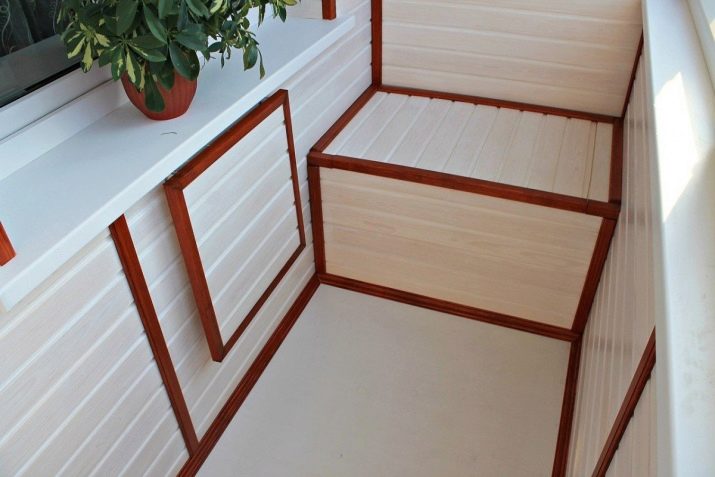
An important criterion when choosing a lining for finishing a balcony is also its class and price. The material is divided into 4 main types.
- Premium extra. This is the highest class lining, which is characterized by a smooth, uniform surface. It is expensive.
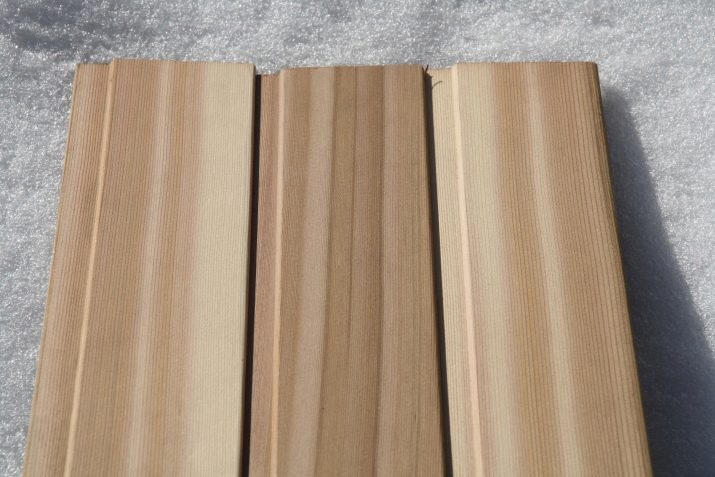
- Class "A"... Products differ from the premium class in a small number of knots. As a rule, there are 1-2 of them per board area of 1500 mm.
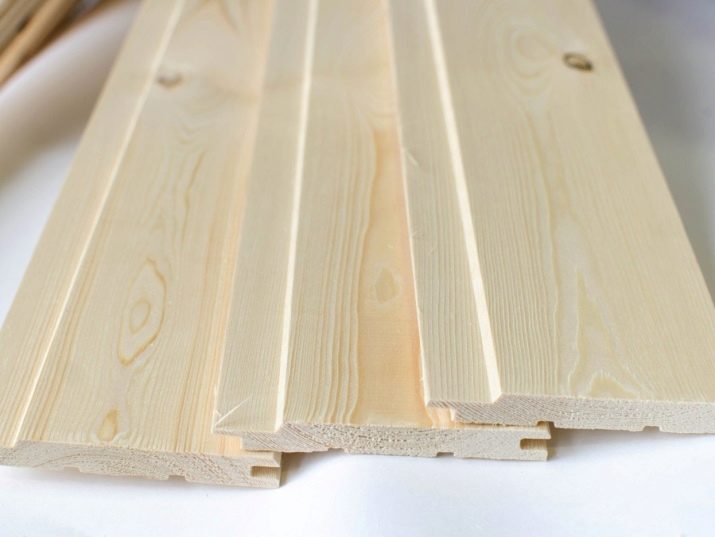
- Class "B"... The lining contains resins and microcracks that are visible to the naked eye.
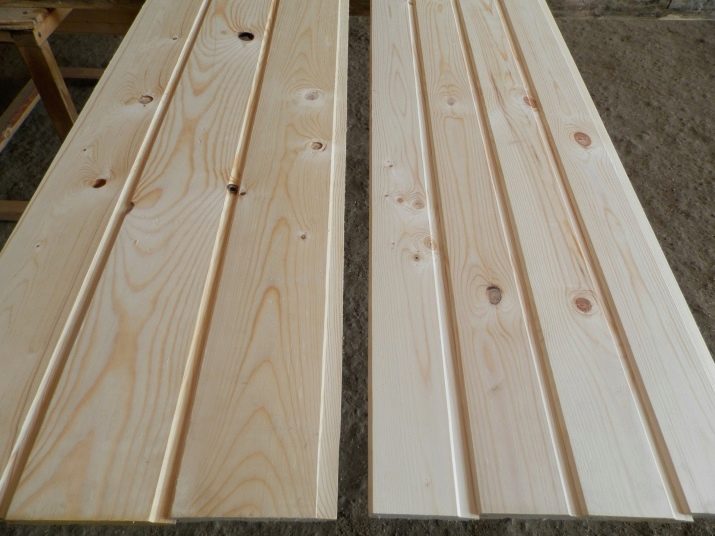
- Class "C"... The material of this class belongs to the technical lining, as it has through cracks and mechanical damage. It is unsuitable for interior decoration of the balcony, although it is the cheapest.
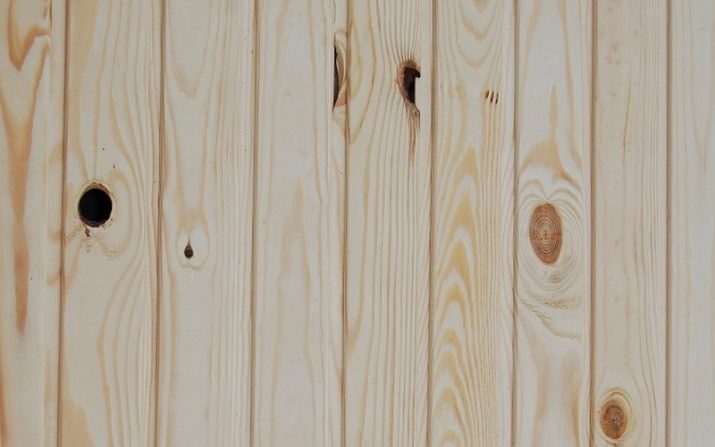
Besides, it is important to pay attention to the type of profiles, which are subdivided into "calm", "standard", "euro", "soft-line" and "tongue-groove and chamfer in length". In order to choose a more suitable option, you need to evaluate your installation skills and try out the lock.
The color performance of the lining also plays a huge role in the design. So, for small balconies, peach, gray, beige and light brown colors are suitable; for spacious rooms, you can select panels in darker shades that can be combined with light inserts.

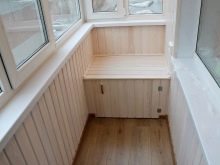
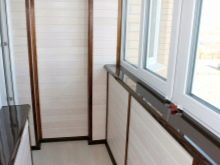
Quantity calculation
Before proceeding with the interior decoration of the balcony with clapboard, you need not only to choose the right design, but also to calculate the required amount of material. To do this, you should first of all determine the square of the balcony, breaking its space into separate parts and shapes. Then measurements are taken, the area of the resulting figures is considered. The resulting amount will be the amount of facing material.

It is important to take into account that according to GOST standards, the width of the board should be at least 165 cm, length - 600 cm and thickness from 1.2 to 2.5 cm.
If you know exactly the height and width of the boards, then you can quickly find out their squaring. For example, the total area of a board with a width of 9.5 cm and a height of 600 cm is 0.52 m2. To determine the number of panels, the total area of the cladding surface (ceiling and walls) must be divided by the area of one board. It is also important to remember when calculating the amount of material that during installation work, the width of each panel becomes smaller than the total width.... This is due to the fact that the material is fastened with a tongue-and-groove system.
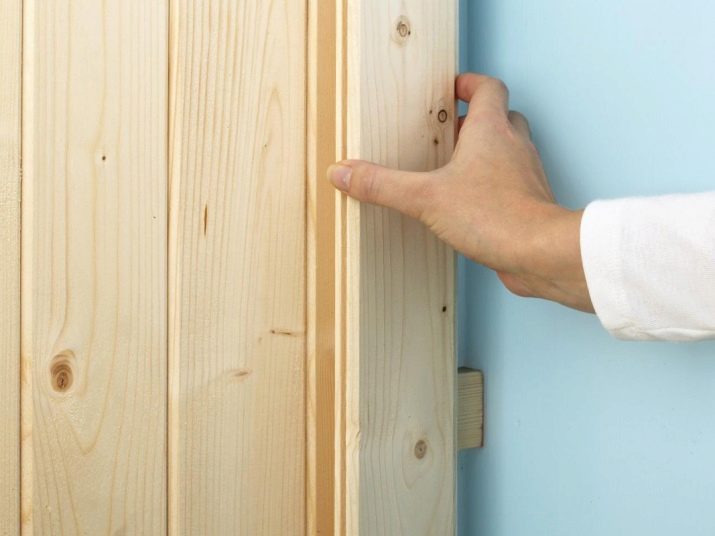
Installation recommendations
Today, many apartment owners choose clapboard for finishing balconies, since this material is considered versatile and affordable. If the finishing work is planned to be carried out independently, without hiring craftsmen, then it is important to take into account many nuances. When buying lining, you should not forget, in addition to the main panels, to acquire baseboards (for masking the joints of walls and floors), slopes (for decorating door and window openings) and fillets (they are used for revealing the ceiling).

In addition, finishing requires additional materials.
- Waterproofing. Its installation is carried out using bituminous mastics or penetrating compounds into concrete. In addition to the waterproofing, a membrane or plastic foil is installed.
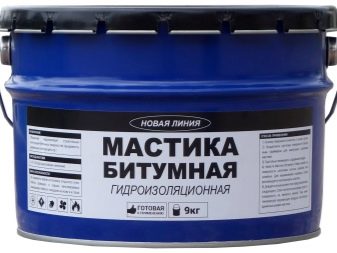
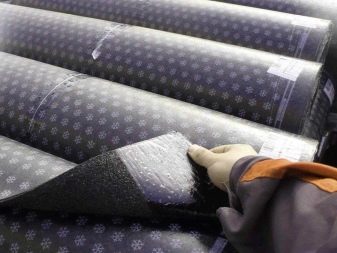
- Thermal insulation materials... The installation of the lining should be carried out on a base that is reliably protected from moisture and cold penetration. The most affordable and optimal option for installing thermal insulation is considered to be polystyrene or foam.
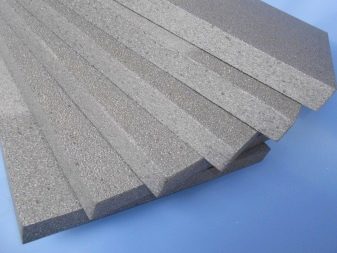

- Materials for preventing the formation of steam. Dense polyethylene is most often used.
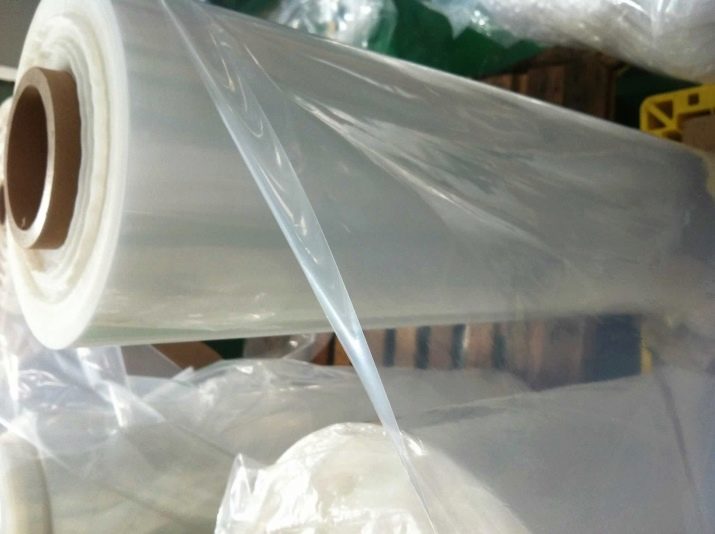
- Antiseptic... Since high humidity can be observed under the wall cladding, provoking the appearance of a fungus, then the base needs to be treated with a special primer. If the balcony is brick, then it is necessary to plaster the walls and ceiling, and then cover their surface with a layer of primer.
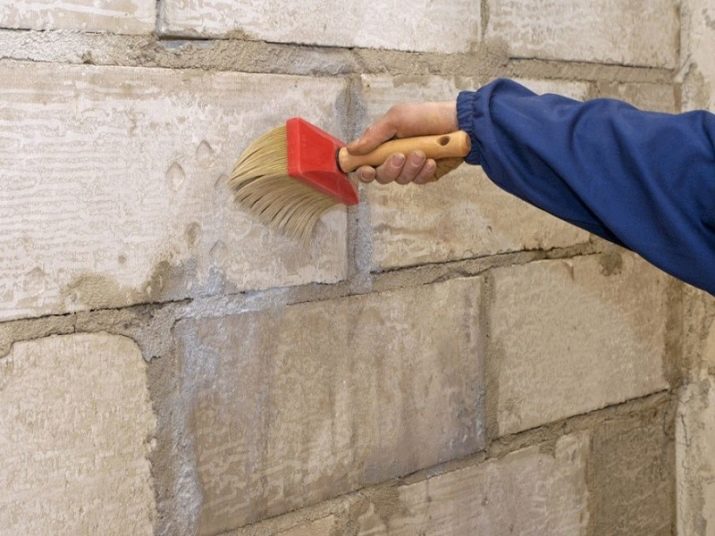
- Polyurethane foam... Finishing should be carried out hermetically, without the formation of cracks. Thanks to the polyurethane foam, the joints are homogeneous and dense.
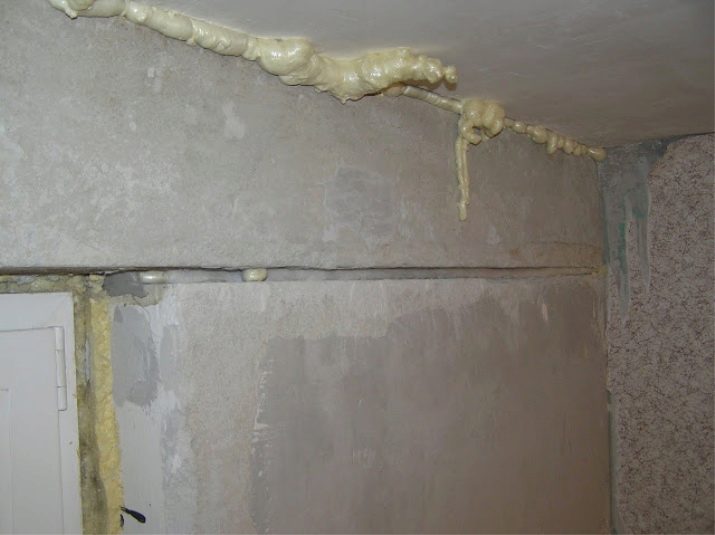
- Frame details. Facing the balcony with clapboard occurs on a pre-installed lathing, which is usually made of metal battens or wooden beams.The frame is fixed to the walls horizontally on special brackets.
In addition to all of the above, it is also important to have metal fasteners in the form of wood screws, nails, steel brackets, dowels and clips.
In the event that the cladding will be made of natural wood clapboard, then Before installing it, apply protective agents such as wax, oil, colorless varnish or stain to the surface of the panels. When the issue with the choice and purchase of finishing materials is resolved, you can safely proceed to the direct installation, which consists of the following stages.
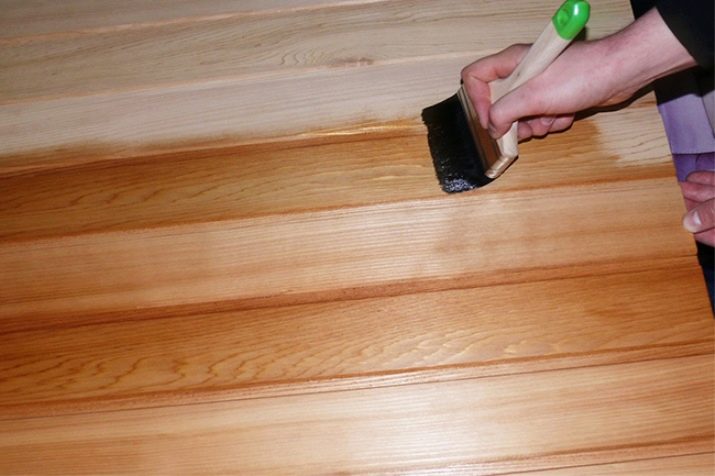
Preparation
The first step is to clean the base from the old finish. For this old whitewash, wallpaper, plaster and other things that have become unusable and will interfere with further work are removed. If small cracks are found on the ceiling and walls, they should be expanded with a grinder and filled with mortar well. Then the surface of all areas that are planned to be sheathed must treat with an antifungal composition.
Today on the market you can buy various products that combine several functions at the same time, protecting against the formation of mold and various pests. When completing the preparation of the bases, you should check the surface of the walls and make sure that areas are not overlooked.
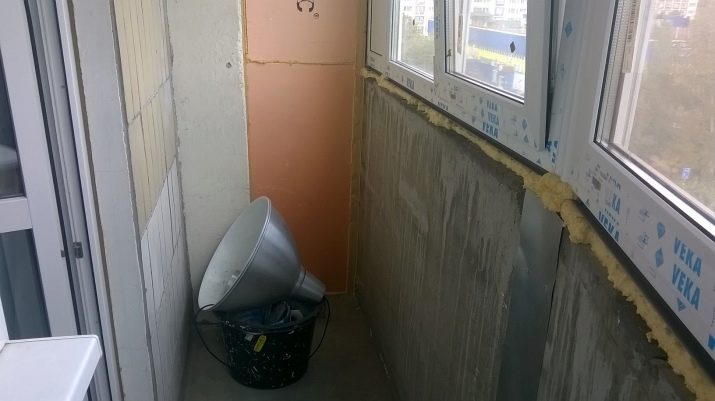
Installation of thermal insulation systems and battens
Compared to the previous stage, this one is considered more difficult and requires certain knowledge and skills in using electric tools. Installation of heat-insulating material can be done in several ways. If roll material is used, then it is fixed on the walls, and then the crate is already installed. When choosing expanded polystyrene and mineral wool, the lathing is first installed, then the empty cells are filled with layers of insulation.
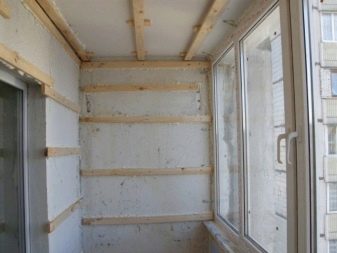
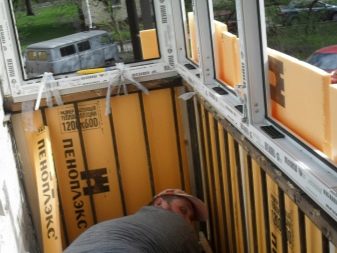
As for the lathing itself, it can be made both from a metal profile and from a bar.
The first option is considered the best because it provides a high quality mount. The only thing is that the cost of such a finish rises in price. The lathing of beams begins with the installation of corner posts, they are strictly aligned in level to the wall. Such a crate is attached quickly, after fixing the corner posts, the longitudinal bars are attached at a distance of 50-70 cm from each other.
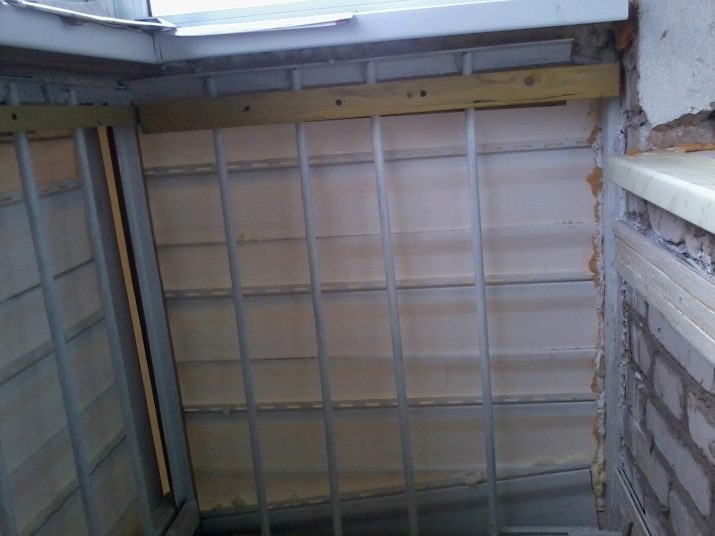
Installation of lining
This stage is considered the most responsible, since the decorative appearance of the walls and ceiling will depend on the correctness of its implementation. Professionals recommend starting paneling from any angle using a level. It is important to ensure that the boards are installed strictly vertically. The panel can only be fixed to the crate when it is level.
The lining is attached in two ways: with the help of clamps (the modern and most popular way) or with a nail in the puzzle (in this case, you need to ensure that you hit exactly on the target and not damage the lock).
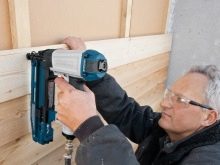
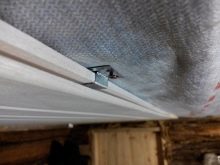
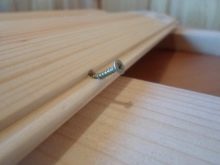
When fixing the panels with nails, first of all, "Bait" the nail, lightly hitting it with a hammer, using an extension, hammering in to the end. As soon as the first panel of the lining is fixed, it is immediately attached to the other, lightly tapping on the end. Thus, it turns out that a new spike is driven into the groove of the installed panel. After fixing each board, check its position. According to this scheme, all panels are fixed until the entire surface of the walls and ceiling is sheathed.

It is important to pay attention to the fact that cladding with ordinary clapboard and euro lining has its own characteristics, since the latter type of material has different geometric parameters and is made according to European standards.
Therefore, the installation of euro lining is much easier, this finish looks much prettier and lasts a long time.
The finishing touch in the installation of the lining is considered to be the attachment of special overlays on window sills, corners and platbands.In addition, at the end of the work, the surface finished with clapboard should be treated with a protective agent. As a result, the balcony will turn into a cozy area where you can spend your time comfortably.
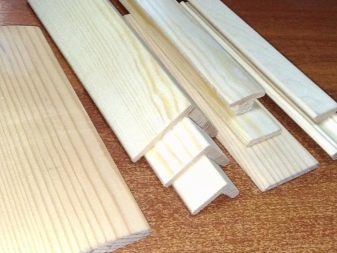

Interior design options
The interior decoration of the balconies is presented in various options, among which clapboard cladding deserves special attention. In this version, the balcony takes on a special look, and also fills with the atmosphere of home comfort and warmth. Here are the most interesting ideas for decorating a balcony with clapboard.
- Small and narrow balcony. To hide the lack of square meters, it is necessary to clad the walls and ceiling with light-colored wooden clapboard in the room, and also choose good lighting. In this case, the wiring must be hidden, while maintaining the aesthetic appearance of the finish. A ceiling sheathed with light beige or gray clapboard will go well with walls sheathed with panels several shades darker. Illumination from spotlights (they are placed around the entire perimeter of the ceiling) and a sconce placed on the narrow sides of the balcony will help to emphasize the beauty and naturalness of the tree.
Niches lined with wooden clapboard, as well as lamps with forging, will ideally complement the interior of the balcony.
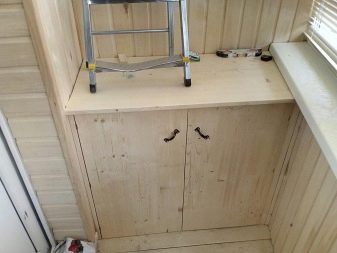
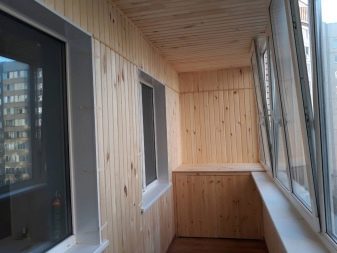
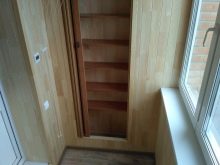
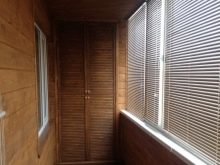
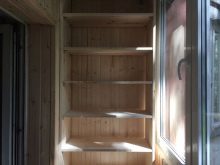
- Spacious balcony. The presence of a large area allows you to translate into reality any design idea, since there are no restrictions in shapes and colors. In the interior of large balconies, the finish looks beautiful, in which painting and wall cladding with eurolining are combined at the same time. The choice of color palette is usually a matter of personal preference. Rooms decorated with eurolining in chocolate and dark red look interesting.
For them, you should choose the right decor items.
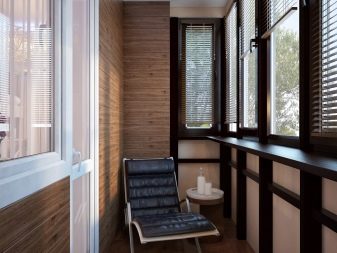

The central detail in such an interior is furniture, which should be stylish, compact and harmoniously combined with the upholstery.
If it is difficult to match the color of the lining to the overall style of the balcony, then it can be painted, giving preference to warm and light colors. Fresh flowers are well suited as a decor; they will add a special atmosphere to the room.
In addition, mini-greenhouses can be placed in the spacious balconies finished with eurolining, filling them with plants, which, during flowering, will add contrast to the interior. Open shelves, shelves made of natural wood, which will favorably emphasize the created interior, will complement the loggia in an unusual way.
How to sheathe a balcony with clapboard, see below.








